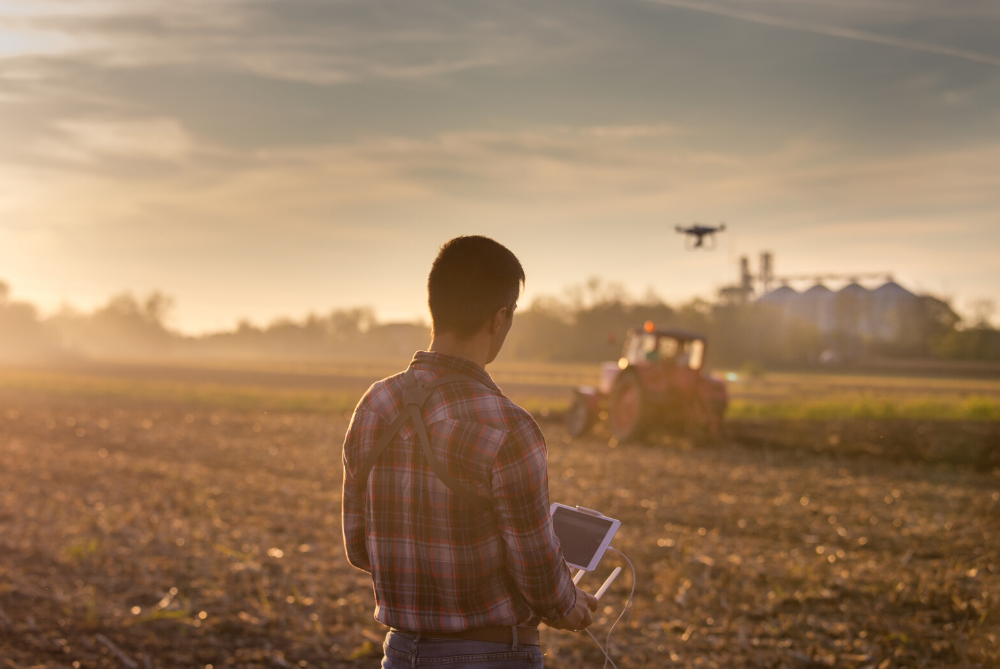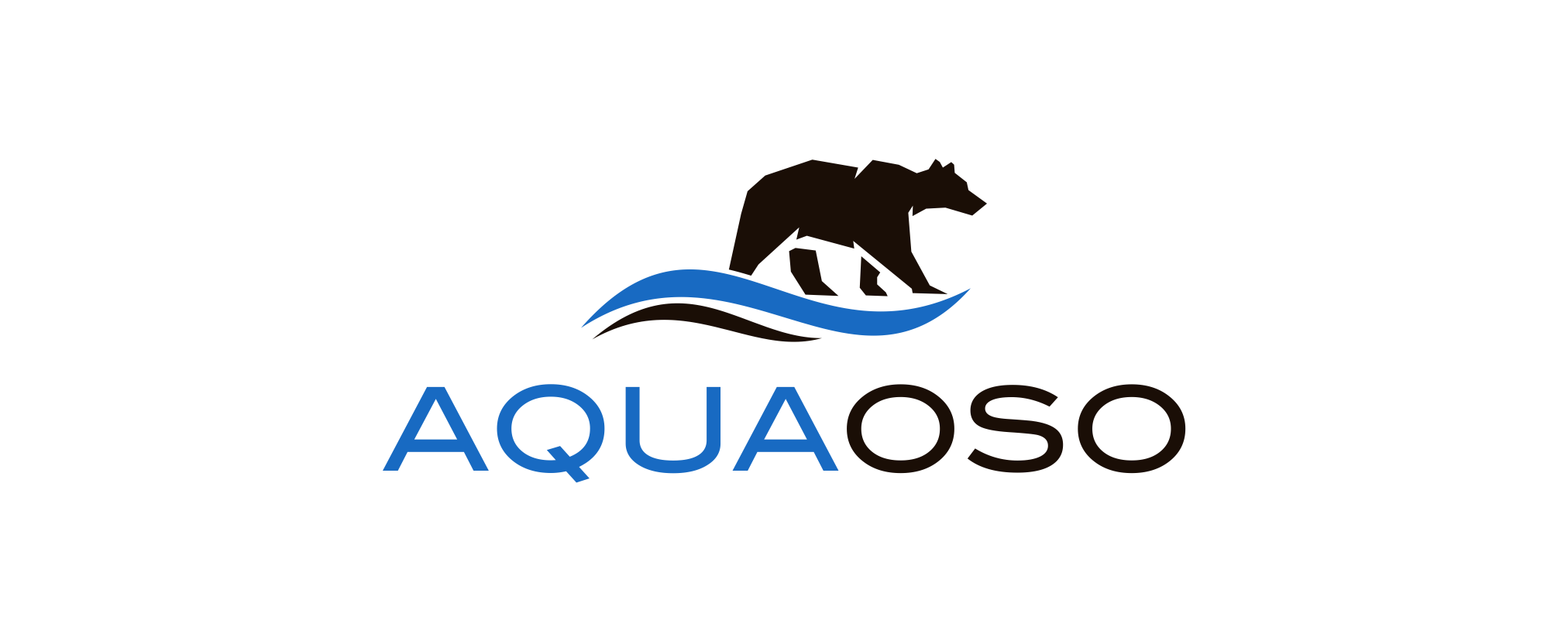
California farmland presents a unique opportunity within the agriculture industry. With prime ground and climates for a wide variety of crop production, alongside rising investments in Ag tech, California agriculture is well-positioned to satisfy the world’s ever-increasing food demands. Satisfying those demands is not only good for the global marketplace, it’s good for investors, too.
In 2018, California produced:
● 33% of the nation’s vegetables
● 66% of the nation’s fruits and nuts
In the same year, California’s farmers and ranchers pulled in nearly $50 billion in cash receipts from over 400 commodities. Also, according to the California Department of Food & Agriculture, the state is responsible for supplying more than 99% of the world’s need for more than a dozen goods including almonds, artichokes, garlic, and pistachios.
Technological advancements in the agricultural industry have never been greater. These innovations lead to either an increase in crop output or decreased input costs, usually both. The result is higher profitability and an increase
in the value of the farmland itself. Nearly $7 billion has been invested in the advancement of agricultural technology over the past decade, $2 billion of which was last year alone.
Agricultural Technology and Startups
The speed with which technology evolves can sometimes appear overwhelming. CNBC touched on how technology will influence the farms of the future and change the way crops are produced, pointing out that “as innovation pushes change, new skills and a better understanding of the technologies will be required.”
Digital technologies have affected dramatic transformations of the farming industry. For example, farm automation – commonly referred to as “smart farming” – is the use of autonomous tractors, robotic harvesters, drones, and other advanced equipment. These machines are designed to (more efficiently) perform a multitude of common tasks that would otherwise require traditional labor. Such technology would allow a farmer to better utilize those available workers elsewhere or reduce labor costs.
GUSS | www.GUSSAg.com

For more than 35 years, GUSS has been working with farmers to solve problems and reduce spraying inefficiencies. GUSS aims to reduce labor costs by as much as 80% through the use of fully autonomous sprayers. Proprietary software, sensors, and GPS eliminate the need for a human operator. For even more efficiency, one operator can monitor an entire fleet of GUSS sprayers.
ASUAOSA | www.AQUAOSO.com

AQUAOSO uses innovative technology and machine learning to mitigate water-related risks for the agriculture industry. The company provides robust risk analysis tools for lawyers, appraisers, investors, and lenders. More than just a business tool, AQUAOSO is a business with a mission; according to the company’s website, “AQUAOSO Technologies, PBC is a Public Benefit Corporation with a mission to build a water resilient future through Intelligent Trust.”
FarmBot | www.farm.bot
FarmBot specializes in the production and development of robotic and autonomous machines to tend and harvest crop plots of varying sizes. The robots can work without interaction, but can also be controlled from the company’s website and mobile app. Various size models are available to suit the growing needs of both individual and commercial farmers. With FarmBot, crops can be grown with significantly less effort and fewer carbon dioxide emissions, not to mention an overall reduction in expenses.
Phytech | www.phytech.com
Phytech develops tiny sensors that measure a plant’s health and water level. If either of those things falls outside acceptable, pre-defined ranges, the farmer is notified. This technology allows farmers to more closely monitor and follow their crops’ growth throughout the season. Phytech’s goals are to maximize a farmer’s optimal yield, reduce water waste through targeted irrigation and timed flows, and reduce the risk of crop loss by reporting crucial and timely plant health data.
Plenty | www.plenty.ag
Plenty is a California-based vertical farming company that “grows its plants in tall towers inside a climate-controlled facility with LED lights. The system uses thousands of infrared cameras and sensors to collect data in the farms that is analyzed using machine learning to optimize growth.” Production and output are customized for specific crops and growing conditions, maximizing results and virtually eliminating waste.
Hortau | www.hortau.com
Hortau “has been helping growers keep their plants healthy and use their inputs more efficiently.” Located in San Luis Obispo, California, Hortau “ensures optimal crop growth while reducing water use, energy consumption, and environmental
impact.” This is achieved through the use of patented soil tension sensors that constantly measure plant stress and adjust water delivery. Real-time data is relayed to growers, allowing them to anticipate possible plant stress
and adjust environmental conditions accordingly to prevent any negative impact to crops.
What this means for investors
These companies and the specific facets of Ag tech advancements that they represent are a small
sampling of a much broader market. The technology described above barely scratches the surface of the R&D and work being done in this space.
According to AgFunder, $16.9 billion was raised by Agri-food tech startups in 2018. Some of the leading agri-food sectors include farm management software and sensors, bioenergy and biomaterials, robotics and mechanization, and farm management systems. At $7.9 billion, the United States is the worldwide leader in this Ag tech investment space, with the state of California single-handedly accounting for more than $5 billion.
As the available Ag tech continues to improve, creating faster and more efficient systems and machinery to increase crop growth while reducing both waste and labor requirements, the number of farmers employing this technology will increase exponentially in coming years.
The result for farms utilizing modern Ag tech solutions will be reduced expenses and higher crop yields alongside lower required inputs. Ultimately this will lead to significantly more profitable and valuable farmland and associated businesses. The realm of possibilities for the future of Ag tech is endless, and investors have an opportunity to take advantage of the early stages of the industry’s evolution. According to PitchBook, “AgTech investment spending has increased sixfold across the world since 2013.”
FarmCek provides an intimate knowledge of the Ag industry, as well as familiarity with both the major players in the space and their cutting-edge advancements.
Additionally, there are several different ways to invest and participate in the growing agriculture industry. Serious investors must take the time to become educated and familiar with the various aspects of investing in agriculture and farmland.
To that end, FarmCek is one such resource, serving as a link between investors and farmers. FarmCek understands the importance of proper and comprehensive industry knowledge. To learn more, start by signing up for a free account and reading the Ultimate Guide to Investing in Farmland.